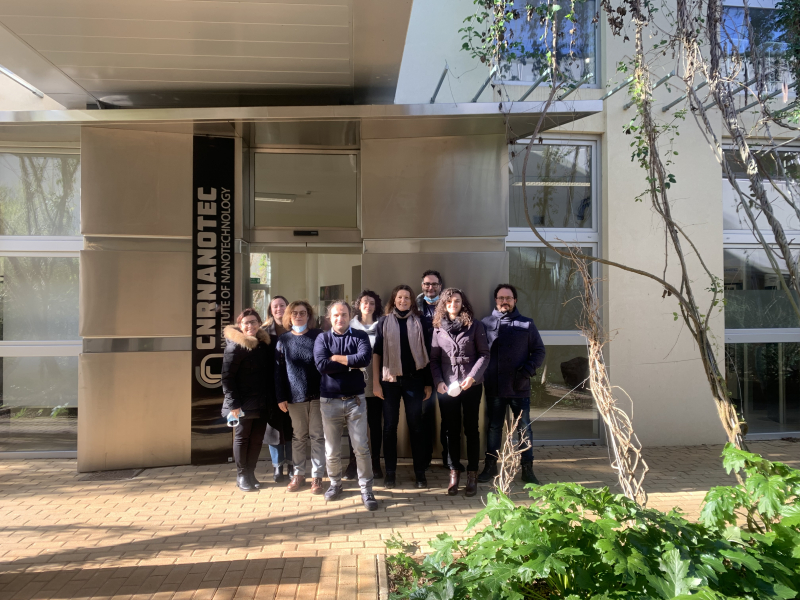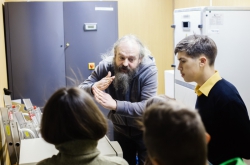Why it matters
Sepsis is a condition caused by the body’s extreme reaction to an infection. It is treatable in early stages, which is why timely and accurate diagnosis can prevent the majority of the fatal outcomes. The goal of the international research project is to develop a quick-acting, precise optical sensor based on chiral plasmonic nanostructures in order to detect sepsis biomarkers that circulate through the bloodstream at early stages.
“Modern science is based on collaboration between research teams that specialize in different disciplines. Such cooperation helps us to solve truly pressing global issues in the quickest time possible. That’s why the collaboration between researchers from ITMO University and CNR-Nanotec was a given. It allows us to put together a team that’s knowledgeable in the development and assembly of nanoobjects, as well as in optics and biology – and is capable of solving complex interdisciplinary tasks at the intersection of these sciences,” says Dmitry Zuev, a senior researcher at ITMO’s Faculty of Physics and the head of the project at ITMO.
How it’s done
The lab version of the sensor will be based on chiral nanostructures, which are systems lacking mirror symmetry in the sense that their mirror images are not identical to the original ones.
One of the most widespread types of chiral nanostructures are helixes: spiraling shapes similar to the molecules of DNA and RNA. By changing the diameter of a nanohelix’s loops, their number and the distance between them, scientists can adjust the optical response of the entire structure with high precision. Nanophotonic sensors based on such systems are capable of identifying various compounds in highly-diluted solutions.
Chiral nanostructures. Image courtesy of the research team
In using chiral nanostructures, the scientists plan to achieve specific and ultra-sensitive detection of various biomarkers. Promising results came from a collaborative study done by the two teams together with other partners, who developed a chiral sensor capable of efficiently detecting TAR DNA-binding protein 43, a potential biomarker of several neurodegenerative diseases, down to a concentration in the femtomolar range.
“Circular dichroism manifests when chiral nanostructures interact with right- or left-handed circularly polarized light. When chiral nanostructures are immersed in a medium containing a certain substance, their optical properties – that is, their circular dichroism – change as an effect of substance concentration. Moreover, we can detect biomolecules not only in their individual solutions, but also in complex biological liquids found in the human body,” explains Dr. Vittorianna Tasco, the head of the project at CNR-Nanotec.
Research plans
Right now, the Italian team is busy producing sensors based on chiral nanostructures; their Russian colleagues are tasked with testing the device’s optical properties.
As per the grant project’s schedule, the research team will deliver a lab sample of the sensor by the end of 2023. This will entail not only its creation, but also the testing of its operational stability and the assessment of its accuracy and selectivity.
Vittorianna Tasco and her colleagues at CNR-Nanotec. Photo courtesy of Vittorianna Tasco
“Our collaboration with the researchers at ITMO University began several years ago with mutual visits. In 2019, I spent a month at ITMO University in the wonderful city of St. Petersburg and found the experience very inspiring. Dr. Zuev’s group helped us better understand the optical properties of nanostructures produced at our laboratory. This will help us in engineering metamaterials and finding applications for them in biosensing,” says Dr. Vittoriana Tasco.





